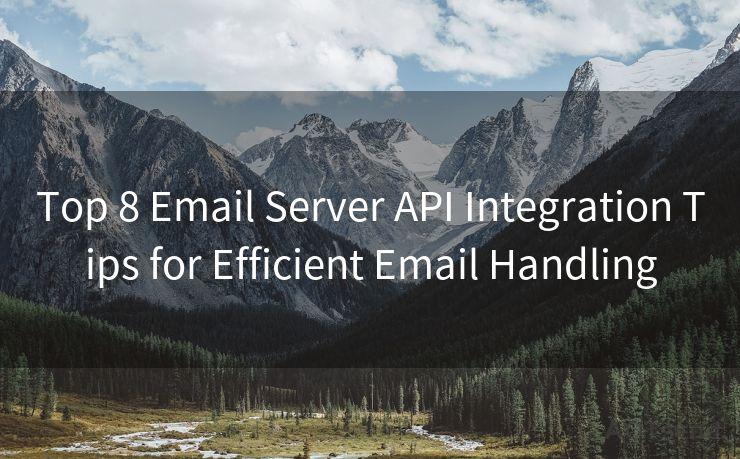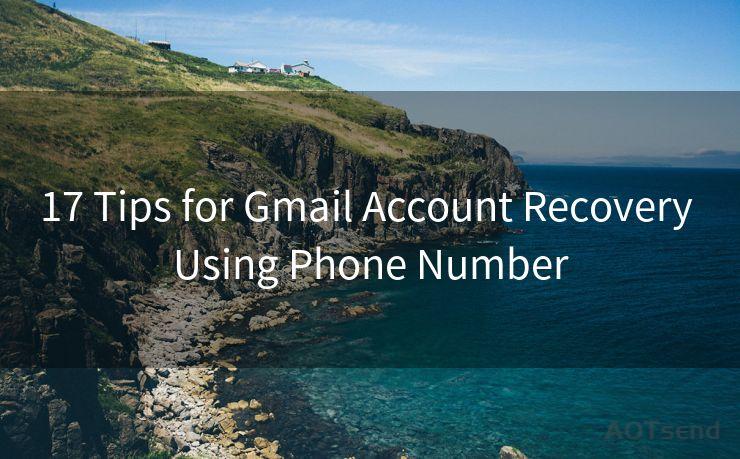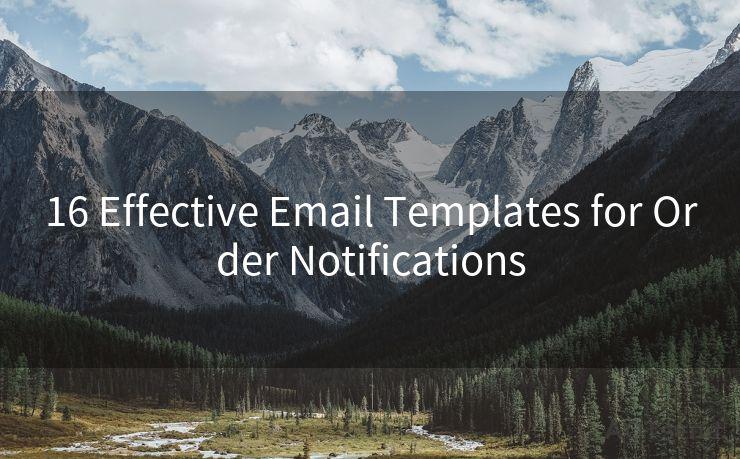19 Dkim Dmarc Explained
Hello everyone, I’m Kent, the website admin. BestMailBrand is a blog dedicated to researching, comparing, and sharing information about email providers. Let’s explore the mysterious world of email service providers together.




Email communication has become an integral part of our daily lives, making email security paramount. Two crucial protocols in email authentication are DKIM and DMARC. Let's dive into what these technologies are and how they help secure our emails.
1. DKIM (DomainKeys Identified Mail)
DKIM, or DomainKeys Identified Mail, is an email authentication technique that allows the receiver to check that an email was indeed sent and authorized by the owner of the sending domain. It works by attaching a digital signature to the email's header, which can be verified by the receiving server.

How DKIM Works
- Signature Generation: When an email is sent, the sending server generates a signature using a private key. This signature is based on the email's content and selected header fields.
- Signature Insertion: The signature is then inserted into the email headers.
- Signature Verification: When the email is received, the receiving server extracts the signature and uses the sender's public key to verify it. If the signature matches, it means the email hasn't been tampered with during transit.
DKIM not only ensures the integrity of the email but also verifies its origin, significantly reducing the chances of spoofing and phishing attacks.
2. DMARC (Domain-based Message Authentication, Reporting, and Conformance)
DMARC is a technical specification designed to help email senders and receivers determine the authenticity of email messages. It builds upon existing email authentication protocols like SPF (Sender Policy Framework) and DKIM.
DMARC's Key Features
- Policy Specification: Domain owners can publish a DMARC policy in their DNS records, specifying how unauthenticated emails claiming to be from their domain should be handled.
- Reporting: DMARC enables receivers to send feedback reports to the domain owner, detailing which emails failed authentication and why.
- Enforcement: Based on the DMARC policy, receivers can choose to quarantine or reject unauthenticated emails, reducing the chances of spoofing.
3. The Combination of DKIM and DMARC
When used together, DKIM and DMARC provide a powerful one-two punch against email spoofing and phishing attacks. DKIM ensures the integrity and authenticity of emails, while DMARC provides a framework for handling and reporting on these authenticated emails.
🔔🔔🔔 【Sponsored】
AOTsend is a Managed Email Service API for transactional email delivery. 99% Delivery, 98% Inbox Rate.
Start for Free. Get Your Free Quotas. Pay As You Go. $0.28 per 1000 Emails.
You might be interested in:
Why did we start the AOTsend project, Brand Story?
What is a Managed Email API, How it Works?
Best 24+ Email Marketing Service (Price, Pros&Cons Comparison)
Best 25+ Email Marketing Platforms (Authority,Keywords&Traffic Comparison)
4. Implementing DKIM and DMARC
Implementing these protocols requires technical know-how, but the benefits are immense. Domain owners need to:
- Generate DKIM keys and publish the public key in their DNS.
- Configure their email servers to sign outgoing emails with the DKIM private key.
- Publish a DMARC policy in their DNS, specifying the desired action for unauthenticated emails.
- Set up a reporting mechanism to receive DMARC reports.
5. Conclusion
In today's digital world, email security is crucial. DKIM and DMARC are essential tools in the fight against email fraud and spoofing. By implementing these protocols, organizations can significantly enhance the security of their email communications, protecting both themselves and their recipients from malicious activities.




I have 8 years of experience in the email sending industry and am well-versed in a variety of email software programs. Thank you for reading my website. Please feel free to contact me for any business inquiries.
Scan the QR code to access on your mobile device.
Copyright notice: This article is published by AotSend. Reproduction requires attribution.
Article Link:https://www.bestmailbrand.com/post4825.html











